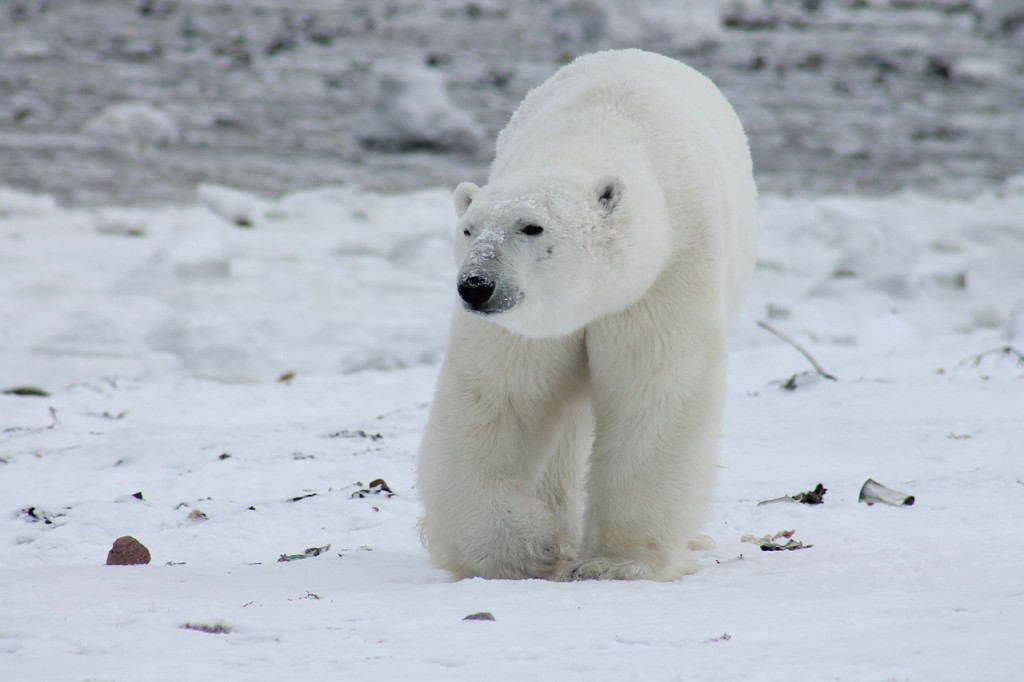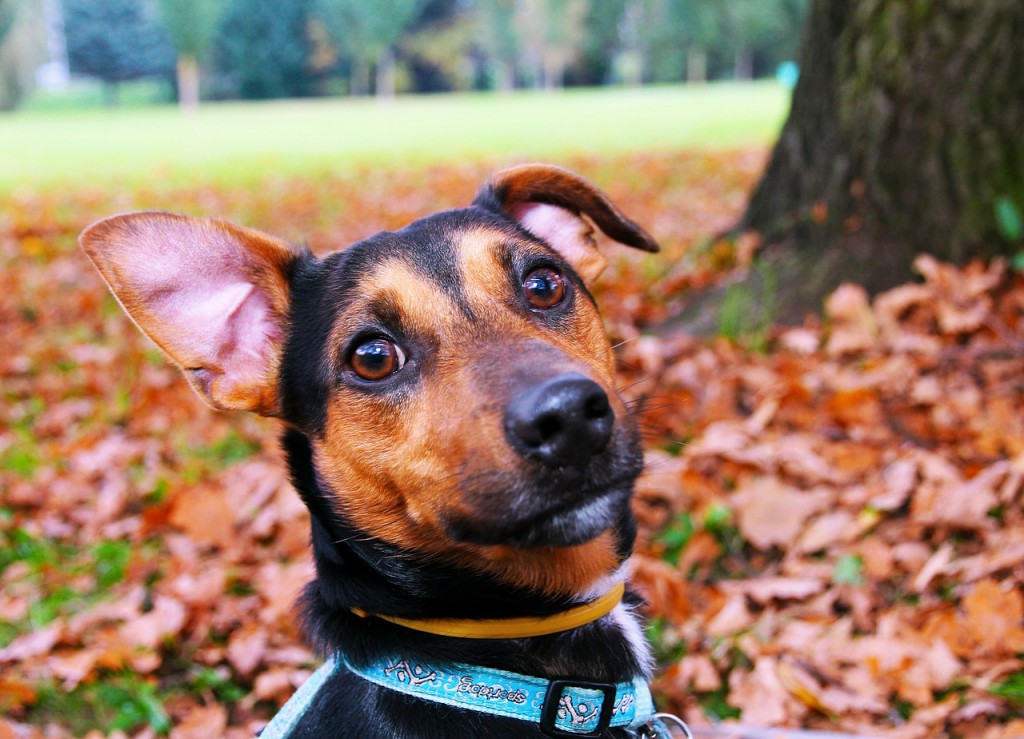Companies across the country are still struggling to figure out how to accommodate the menu-labeling mandate, which will require them to be transparent about their calories. But some operators say customers will soon want a new kind of count posted for the public to see: size of the restaurant’s carbon footprint.
Otarian, an Australian concept that opened a unit in New York City in 2010, is one operation that touts its low-carbon vegetarian fare. Its customers receive “carbon karma credits” for purchases, which are exchangeable for free menu items. The menu also includes calculated carbon savings. For example, the Tex Mex Burger compared to a typical beef burger saves 1.39 kg of carbon dioxide emission.
On the other side of the Atlantic Ocean, meanwhile, Max Burger is breaking new ground in Sweden by posting the carbon footprint of each menu item. It’s also encouraging consumption of more ecofriendly dishes, which steers customers away from its signature beef burgers.
But U.S. quick serves have been slow to embrace a low carbon-footprint or be carbon-footprint transparent.
Bob Donegan is president and CEO of Ivar’s, a Seattle-based seafood fast casual with 69 stores. He says the ecofriendly nature of the Pacific Northwest means many customers expect their favorite restaurants to be mindful of their footprint.
“They assume anything we can do to lower our carbon footprint, we’re already doing that,” he says. “There is a segment of people for which carbon footprint and a green company is their most important thing.”
Still, in Ivar’s market research, he says, consumers usually point out things like price, customer service, and flavor as being the most important qualities of the restaurant.
A quick serve’s carbon footprint includes electricity, lighting, and food lamps, as well as food and packaging waste, says Thomas Rosenberg, vice president of advisory services for San Francisco–based Emergent Ventures Inc. A carbon-footprint rating for a hamburger would include the entire life of the cow, from its birth to becoming a burger on the grill.
“You have to put it in consumer terms, like ‘We’re using less water, and reducing cardboard.’”
“You measure each one of these steps, and that would be the product footprint,” he says. “You can minimize it, or offset it—neutralizing it, as it were.”
Andrew Winston, founder of Winston Eco-Strategies LLC, says carbon-footprint transparency could be a valuable marketing tool, but that consumers’ response will vary by brand.
“With Starbucks, you kind of expect it,” he says. “You’re just expanding [a menuboard] with more and more information.”
Winston, whose list of clients includes PepsiCo, says carbon grams have recently started popping up on product labels in the U.K. “I’ve seen studies recently that show knowledge of the term carbon footprint has risen dramatically over the last three to five years,” he says.
But whether or not carbon footprints will soon appear on quick-serve menuboards is up in the air. Rosenberg does not think it will happen, because most consumers do not understand what a carbon footprint is. Instead, he suggests quick serves tell customers that they are “looking at our carbon footprint, while keeping our prices low, while improving the quality of our restaurant. … That is more powerful to the consumer.”
Winston wrote about Max Burger in June on the Harvard Business Review blog, writing that the company pushed “consumers to change the mix of what they were buying.”
“It’s a slightly wacky approach, telling customers, ‘you don’t have to buy a burger,’” he says. Still, he sees it as a potentially big trend. “I would not be surprised to see a [U.S.] brand take a leap like that.”
Winston says the industry will get a “sense of scale as we learn more and see more details,” he says. “McDonald’s has a sustainability report. It’s not a huge leap from that to telling customers in the store. Intentionally using that kind of data can cause dramatic performance improvement in companies.”
McDonald’s Restaurants of Canada is exploring the carbon-footprint issue. Louis Payette, a spokesman for McDonald’s in Canada, says even though it “doesn’t have any data on how customers make purchasing decisions relative to carbon impact,” the company is assessing its carbon footprint. “We’ll be putting a management plan in place to mitigate our carbon impact,” he says.
Subway, meanwhile, is working toward displaying corporate social responsibility information company-wide. Elizabeth Stewart, marketing director for Subway, says the company already publicizes gallons of water saved, pounds of source material saved, equivalents to cars taken off road, truck miles reduced, and oil usage reduced.
“We know some consumers say this information affects their purchase decisions, but we would have to do more research before using the space on the menu for this type of information,” she says.
David Donnan is vice president and partner at Chicago-based A.T. Kearney Inc., which provides sustainability consulting around the globe. He says that only a small percentage of consumers will be interested in seeing carbon footprints posted on menuboards.
“Just the introduction of caloric levels in restaurants is confusing,” he says. “It’s nice to have a graphic, but you have to put it in consumer terms, like ‘We’re using less water and reducing cardboard.’”�
Discover More About The Carbon Label


